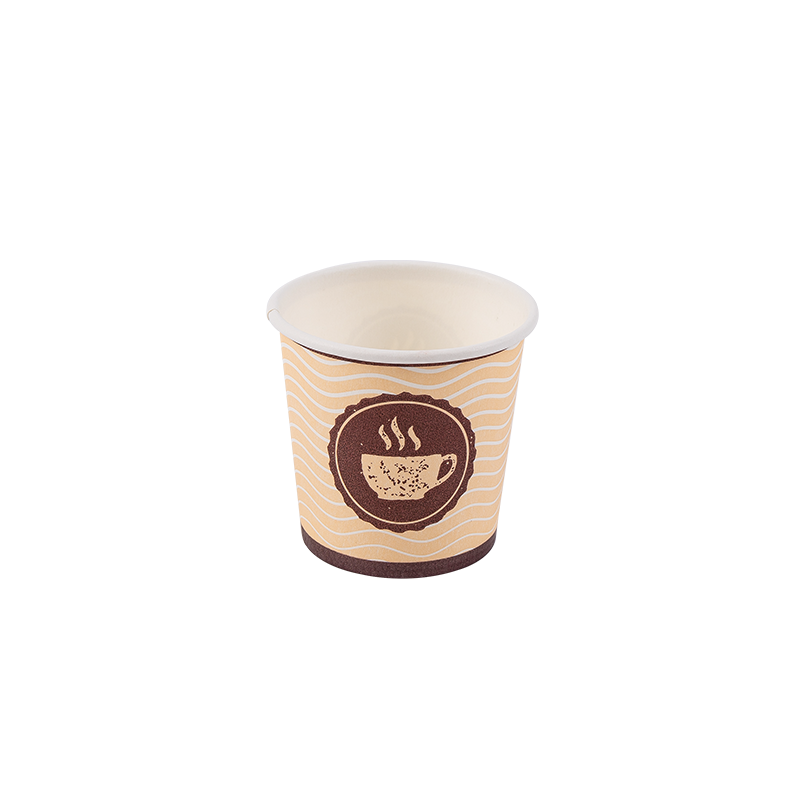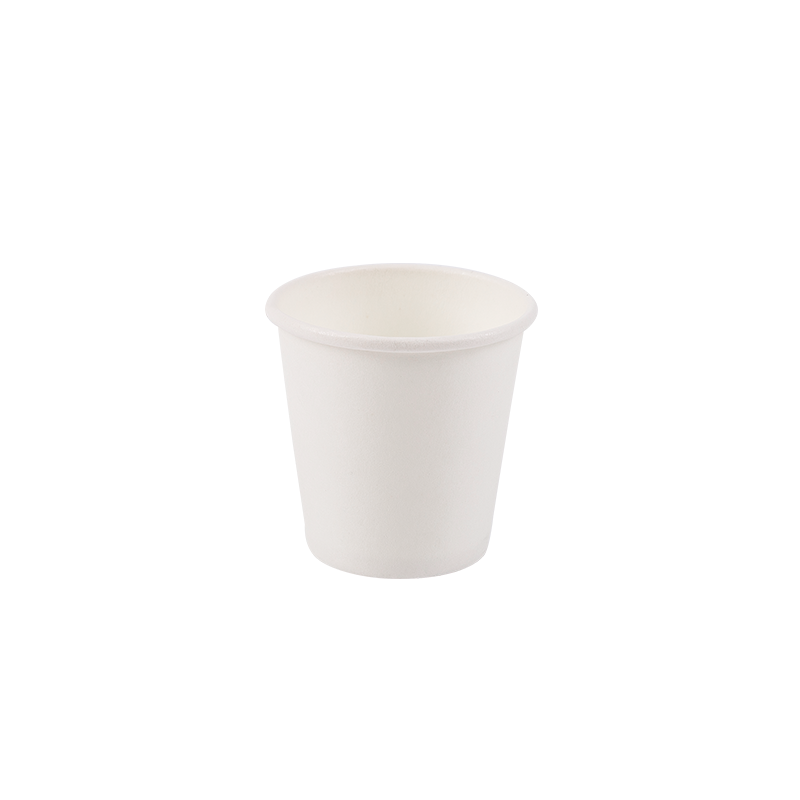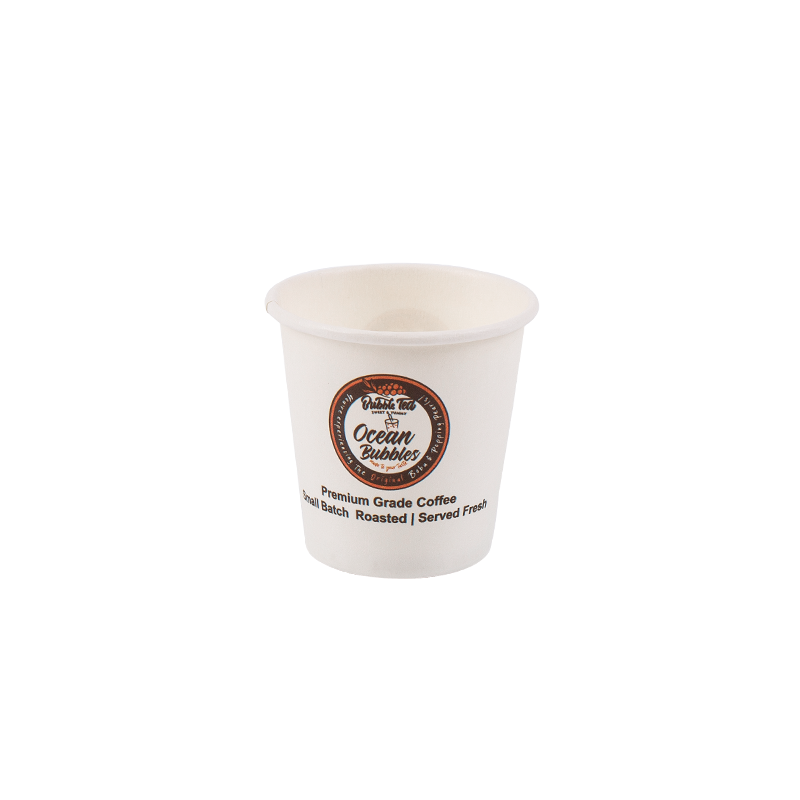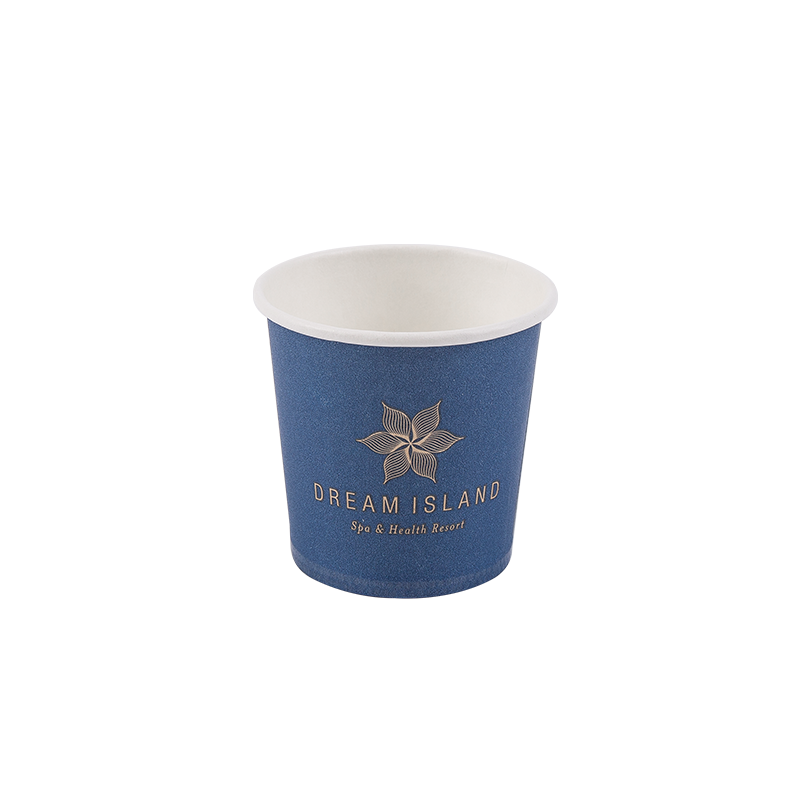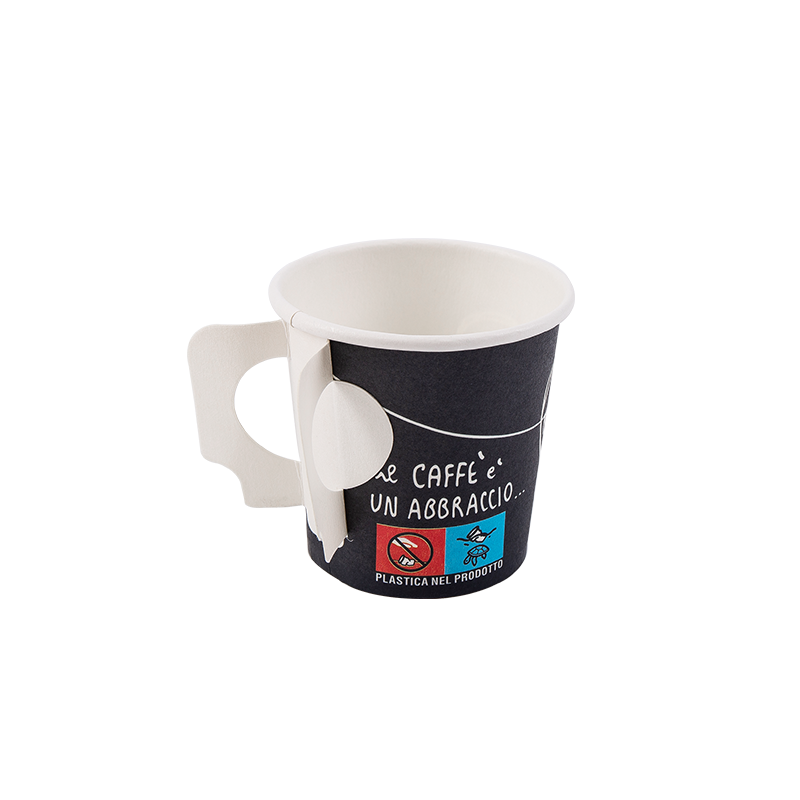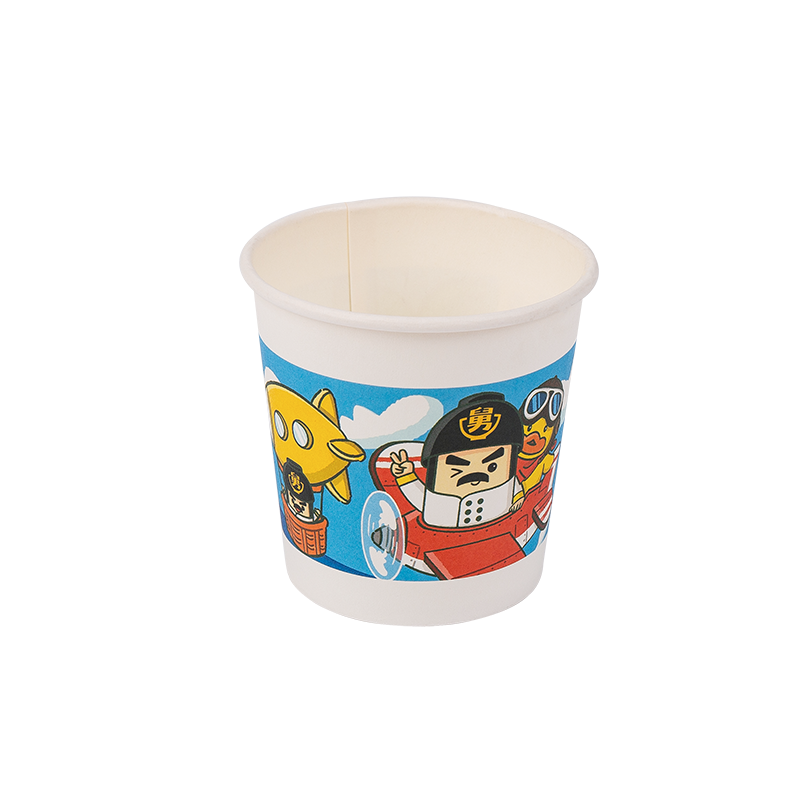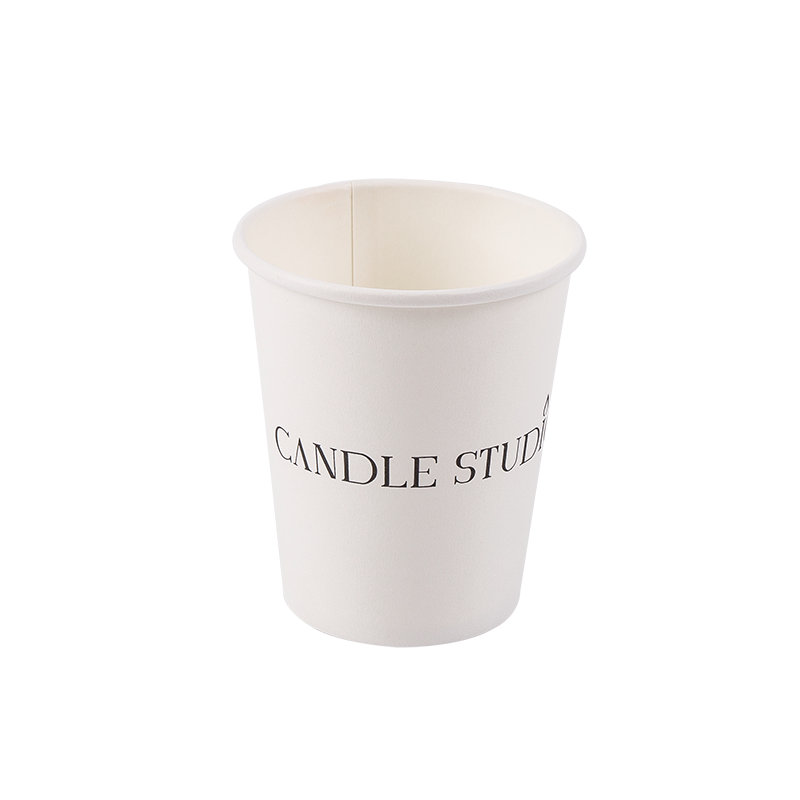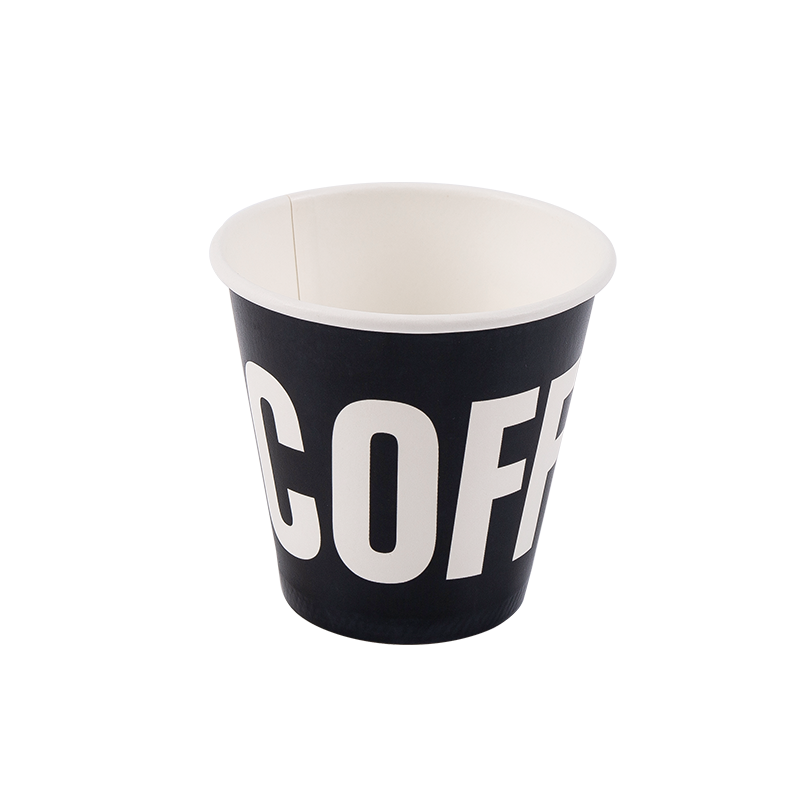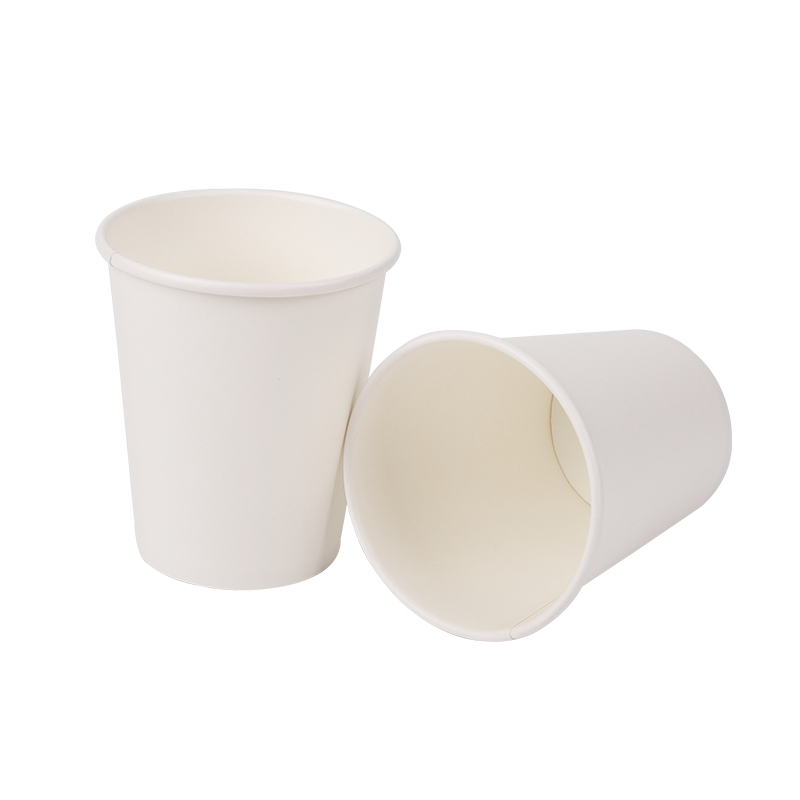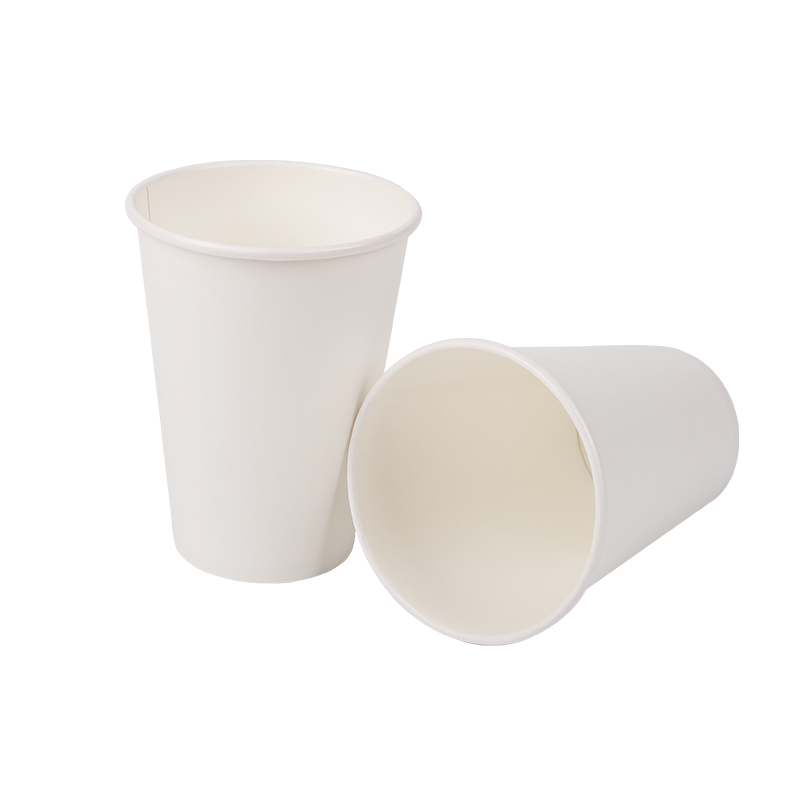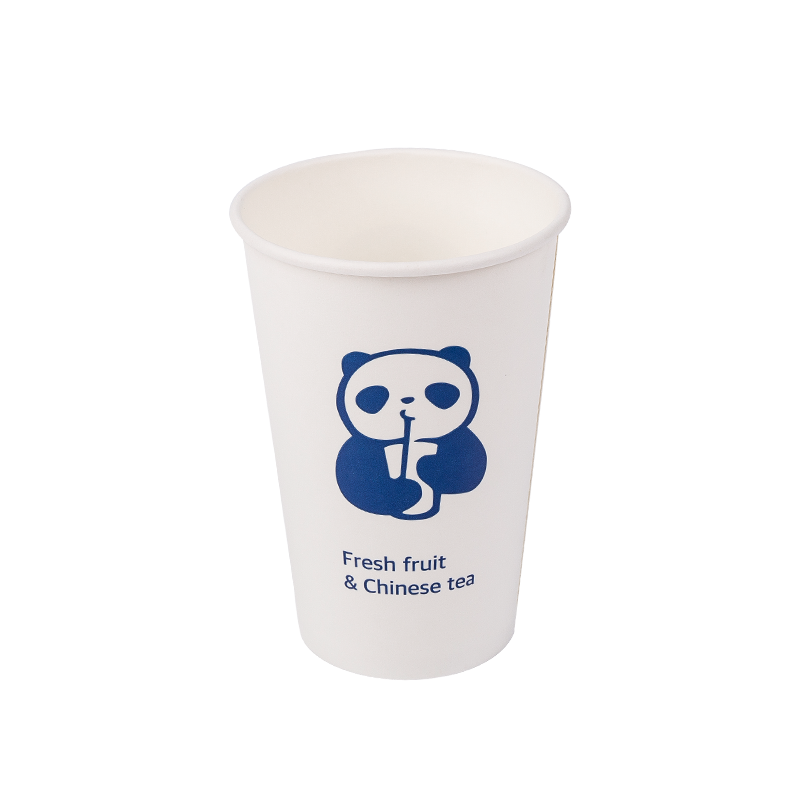In the fast-paced world of on-the-go consumption, a seemingly simple object has played a pivotal role in shaping our daily routines: the disposable cup lid. Often overlooked, this small piece of plastic, paper, or bioplastic is far more than a mere cover. It represents a confluence of design innovation, material science, and consumer demand, silently revolutionizing how we enjoy our favorite beverages.
The journey of the disposable cup lid began out of necessity. Early paper cups, while convenient, were prone to spills, a significant drawback for consumers and a mess for businesses. The first lids were simple, flat discs with a small opening for sipping. However, these early designs were rudimentary and didn’t provide a secure seal, leading to leaks and a lukewarm beverage. This spurred a wave of innovation.
Innovations in Design and Functionality
The modern disposable cup lid is a testament to sophisticated engineering. Key design features, which we now take for granted, were developed to address specific functional challenges:
- The Sip-Through Opening: This is the most critical feature, designed to allow for controlled sipping without removing the lid. Early designs were simple punch-outs, but modern lids feature more ergonomic and often raised openings that fit the contours of the mouth. Some designs include a “plunger” or “plug” to seal the opening when not in use, preventing spills.
- The Vented Hole: A small, often inconspicuous hole is a vital part of the lid’s design. This vent allows air to enter the cup as the liquid is consumed, preventing a vacuum from forming. Without this vent, the flow of liquid would be uneven and gluggy, making it difficult to drink.
- The Secure Fit: The rim of a disposable cup lid is engineered to create a tight, snap-on seal with the cup’s rim. This secure fit is crucial for preventing leaks and maintaining the temperature of the beverage. The “audible click” when a lid is properly placed is a result of this precise engineering.
- Specialized Designs: The evolution of the lid has led to specialized designs for different beverages. Dome lids, for instance, are common for cold drinks with whipped cream or other toppings, providing extra space without compromising the lid’s seal. Spout lids are often used for hot beverages, providing a more controlled and protected drinking experience.

Material Matters: From Polystyrene to Sustainability
The material science behind disposable cup lids has also undergone a significant transformation. Historically, lids were predominantly made from polystyrene (PS), a lightweight and inexpensive plastic. However, with growing environmental concerns, the industry has pivoted toward more sustainable alternatives.
- Polypropylene (PP): PP is a more durable and heat-resistant plastic than PS, and it is also more widely recyclable. It is now a common material for both hot and cold beverage lids.
- Paper and Fiber-Based Lids: In a move toward reducing plastic waste, companies are increasingly developing lids made from molded paper pulp or other fiber-based materials. These lids offer a biodegradable or compostable alternative, aligning with the growing consumer demand for eco-friendly products.
- Bioplastics (PLA): Polylactic acid (PLA) is a bioplastic derived from renewable resources like corn starch. PLA lids are compostable in commercial composting facilities, offering another sustainable solution, particularly for cold beverages.
The Future of the Lid: Smart Lids and Circularity
The future of disposable cup lids promises even more innovation. Researchers and companies are exploring “smart” lids that could incorporate features like temperature-sensitive indicators to let consumers know when a beverage is too hot to drink. There’s also a strong push toward circularity—designing lids that are not only recyclable or compostable but also part of a closed-loop system where they can be collected and repurposed.
In conclusion, the disposable cup lid is a remarkable example of how a seemingly simple product can embody a complex interplay of design, engineering, and material science. It has evolved from a basic necessity into a sophisticated component of the modern beverage experience. As consumer preferences shift toward sustainability and convenience, the humble lid will undoubtedly continue to innovate, adapting to new challenges and solidifying its place as a small detail with a big impact.










 English
English русский
русский Español
Español 中文简体
中文简体